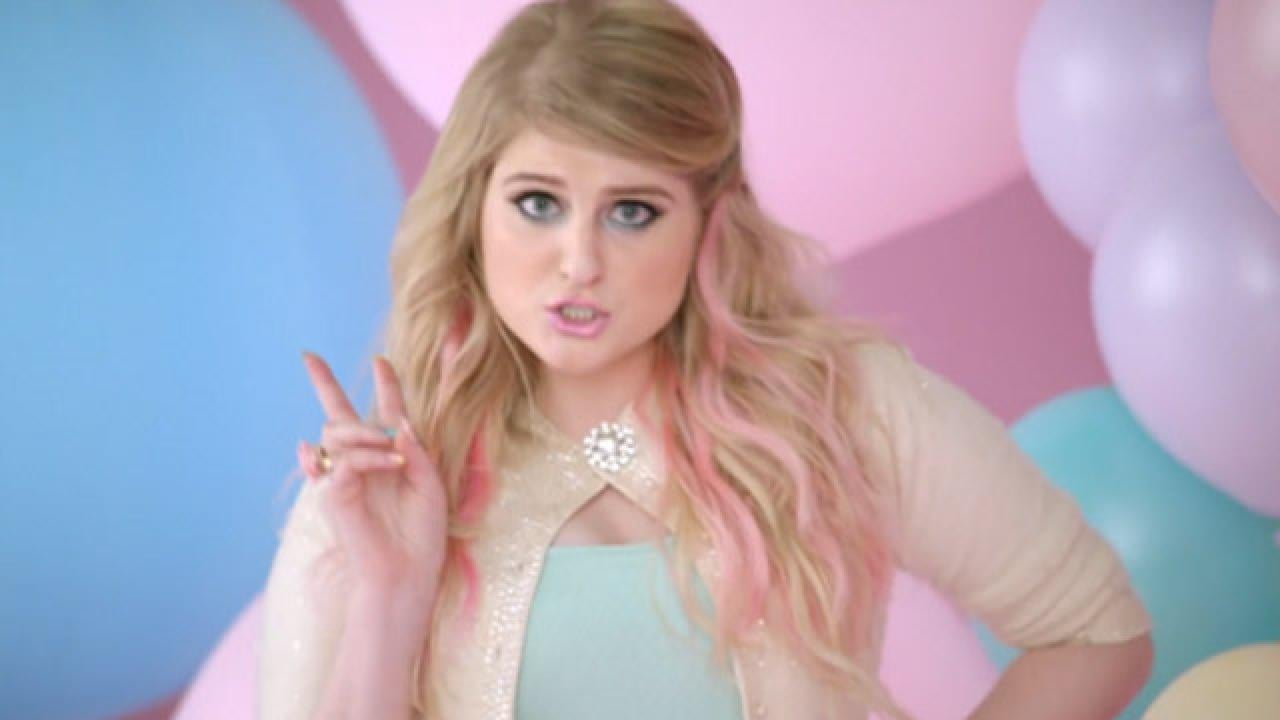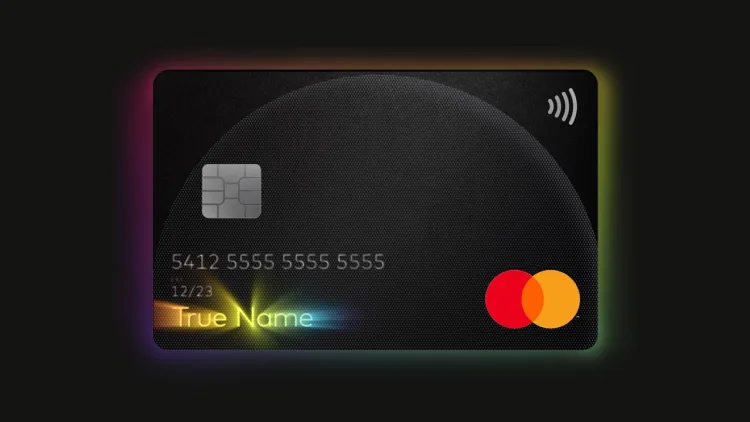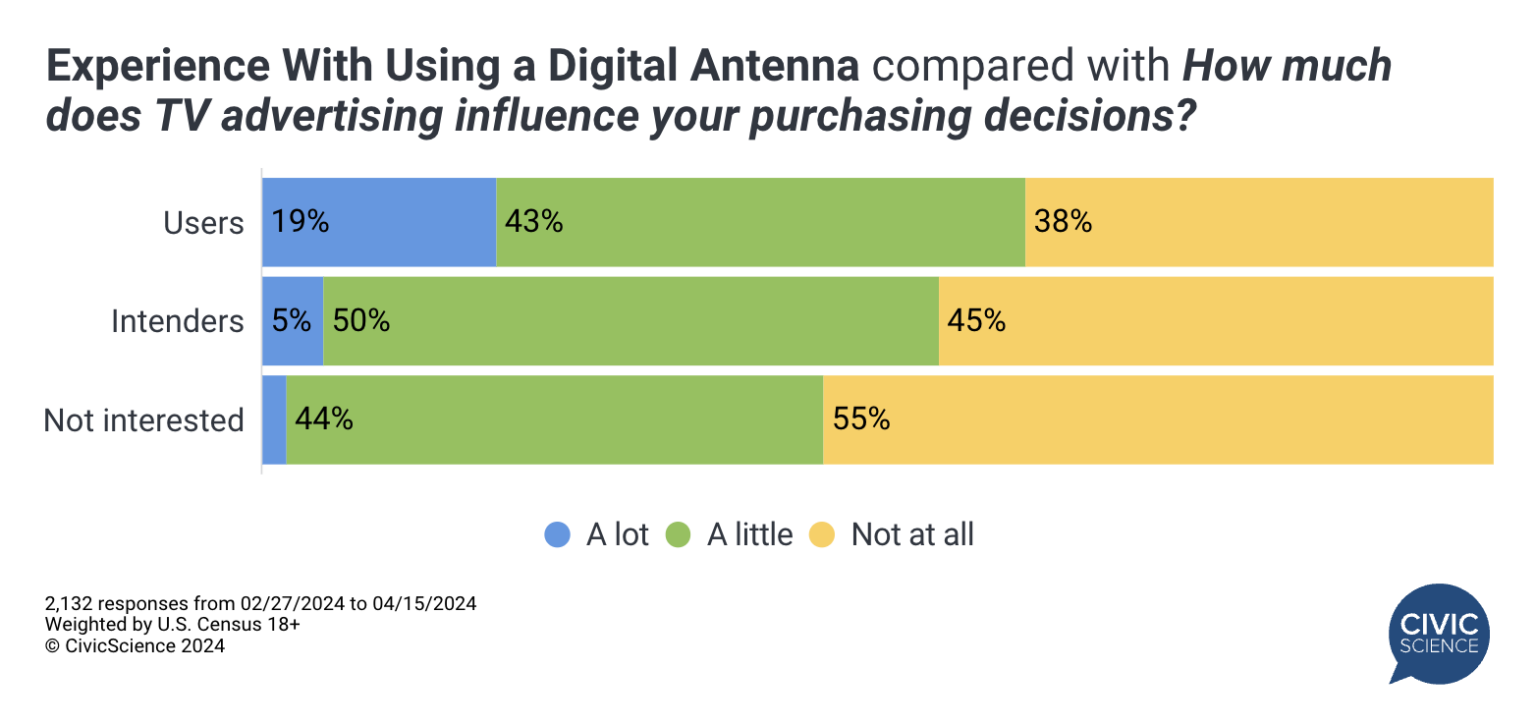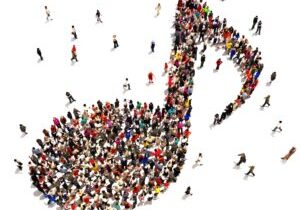
Both long-time Jacobs Media clients as well as those of you who have read a few hundred editions of JacoBLOG over the years will remember those snappy green wristbands you see pictured above.
Their origin goes all the way back to 2008 – and our fourth Techsurvey, technically known back then as Tech Poll IV (I had a thing for Roman numerals).
When we began to present that year’s study, it was becoming clear to us many radio broadcasters weren’t exactly picking up what we were laying down.
Back then, mobile phones – thanks in large part to Apple’s iPhone – were beginning to proliferate. That summer, Apple cut the ribbon on their now-famous App Store. And in the fall, we launched jacapps, our mobile apps development company still going strong.
But many operators were taking a wait-and-see attitude toward digital initiatives. And we thought they were missing the boat – in this case, the Queen Mary.
At the time, those LIVESTRONG yellow wristbands were everywhere, and so we created our own version, brandishing the initials, W.T.D.A. – or “what’s the digital application?”
and so we created our own version, brandishing the initials, W.T.D.A. – or “what’s the digital application?”
The concept was simple – the wristbands would serve as a reminder for radio managers and leadership to think about digital as part of their daily routines. Here’s how I positioned W.T.D.A. in a blog post that published in April 2008:
“It’s time for radio to start walking the walk on digital because next year’s Tech Poll is very predictable. Radio needs to change its architecture to better reflect new technologies, and the lifestyle changes they have created.
“So, as you walk into your programming, sales, or promotional meetings (and perhaps it would make sense to start bringing all those managers together in ONE meeting moving forward), start asking the question, ‘What’s the digital application?'”
To this day, I look for familiar brands to walk that walk with their own products and services. Thanks to the exponential growth of digital in our work and personal lives, it’s not hard to find great examples of how traditional companies and organizations are finding clever, helpful ways to integrate technology and create a better customer experience.
The examples that follow are all very current. And hopefully, you find them as inspirational as I do. That’s our M.O. at CES every year (an event we started attending that following January) – looking for how digital innovation can improve our companies.
Here’s a look at W.T.D.A. through the modern lens of 2024:
The Cowboys go QR NIL – I love this idea. The Cowboys in question are the Oklahoma State football team. The NIL model of compensating amateur athletes – name, image, likeness – is taking off. But the school wants to make it easier for fans to invest in the players via merch, endorsements, etc.
Thus, a QR code on the back of the football team’s helmets.
Oklahoma State has announced that players will wear helmets with QR codes linked to the team’s general NIL fund.https://t.co/WyjP9Sz23T pic.twitter.com/Z14hdx9ylc
— On3 (@On3sports) August 20, 2024
Barstool Sports thinks its a lame idea because the QR codes are small and far away from most fans in Boone Pickens Stadium taking in the games. True that. But for the millions watching on TV, the system should work well. To their credit, Barstool suggests displaying the QR code on the scoreboard – a sensible idea the team will most likely adopt.
But this one’s a no-brainer.
Shazaming for concert tickets – As if Ticketmaster doesn’t have the market cornered as it is, but this W.T.D.A. innovation is smart, simple, and yes, clever.
They’ve partnered with Shazam in a technology called “Music Finds You.” Pop icon Meghan Trainor explains how it works in a recent MediaPost story:
You.” Pop icon Meghan Trainor explains how it works in a recent MediaPost story:
“I love that you can now Shazam a song and immediately buy concert tickets on Ticketmaster. It’s genius!” From the standpoint of basic commerce, the technology is the shortest distance between two points.
Why does this make so much sense? Ticketmaster’s research shows four of ten (42%) fans say they did not attend a concert for an artist they enjoy because they were unaware the show itself existed.
No more radio “Name That Tune” – The days of listeners desperately calling the DJ on the air to try to figure out the name of a song by singing or humming may be coming to an end. (Maybe they already ended.)
With technology similar to Shazam mentioned in the last story,![]() YouTube Music now makes it possible to sing, hum, or even strum a melody on a ukulele, and the artist and title will apparently pop.
YouTube Music now makes it possible to sing, hum, or even strum a melody on a ukulele, and the artist and title will apparently pop.
And don’t look now, but Music Business Worldwide also reports on technology that will use conversation to create a radio station. The new application (still in the beta stage) “allows user to create custom radio stations by verbally describing their desired music preferences.”
If this catches on, you can only imagine how the radio industry might use this kind of feature. Oh oh.
Radio in the car: all Android, all the time? – Android Authority reports the wizards at Google may have made a breakthrough in dashboard infotainment systems – and it involves radio!
Mandy Dalugdug reports a deep read of the platform’s code reveals technology that includes radio controls that looks to have the capability to give drivers easy accessibility to control AM/FM and HD Radio.
technology that includes radio controls that looks to have the capability to give drivers easy accessibility to control AM/FM and HD Radio.
Oddly enough, satellite radio (SiriusXM) doesn’t appear to be an option – yet.
These “code dives” are no guarantee these features will exist or will work the way tech nerds imagine them. But it is a nice sign for radio’s future in the car – for a change. And the tuners have to exist for the Android Auto platform to control them. So there’s that.
Credit cards on steroids – What were once just pieces of plastic in our wallets or purses are becoming useful accessories to help us through business…and life – thanks to technology.

Touch Card | Mastercard
Mastercard is leaping headlong into a whole new way of reimagining the credit card, thanks in part to the advances made by AI. An interview with the company’s Chief Marketing and Communications Officer, Raja Rajamannar in Fast Company reveals the company has identified 10 basic passions many of us share (music, sports, food, etc.).
Mastercard combines these passions with purpose in campaigns like Stand Up to Cancer where someone who loves to dine out can facilitate the company making a donation every time they go to a restaurant.
There’s also a new Touch Card, making it easy for the vision impaired to find and use their Mastercard. Again, these are tech applications that create a more robust product while also creating an improved customer experience.
Run Rabbit (ears) Run – In a weird reversal of conventional wisdom, the fastest growing TV accessory is the old school rabbit ears antenna – except these reception tools are now digital devices that effectively pull in over-the-air TV channels.
wisdom, the fastest growing TV accessory is the old school rabbit ears antenna – except these reception tools are now digital devices that effectively pull in over-the-air TV channels.
According to CivicScience research, three in ten adults in the U.S. own a digital antenna, especially 45-54 year-olds. And Gen Zs are most interested in making the conversion to one of these new-fangled devices.
Notably, these are active TV viewers. Quite a bit more of them say television advertising influences their buying habits.

I hope you share my takeaway that digital technology can refresh, bolster, and extend a brand.
We haven’t made it official yet, but we will be returning to CES 2025 in January, and we will be running our tours again.
Like this post, the idea is to explore the ways any brand – including radio – can take advantage of technology to create a better customer experience.
Originally published by Jacobs Media








